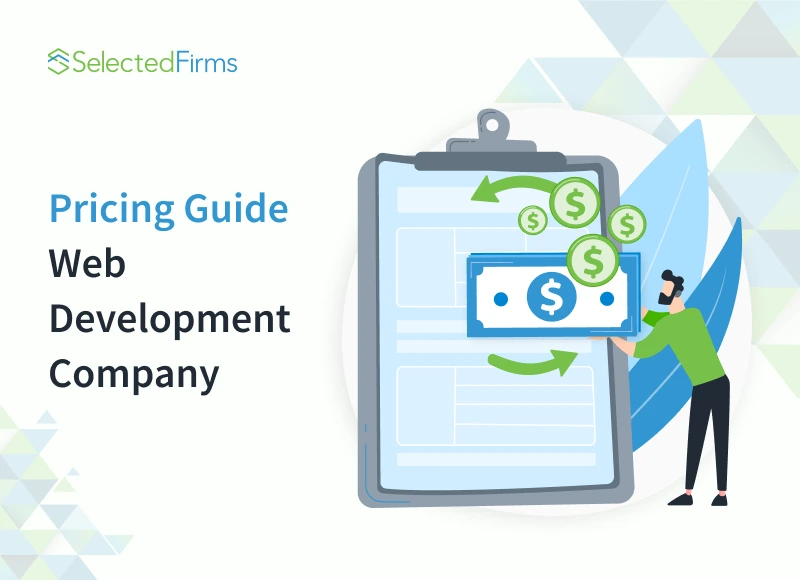Table of Contents
Discover how stakeholder management is shaping the future of business strategy. Learn key methods for aligning interests, leveraging technology, and creating lasting partnerships to drive success.

The modern, ever-changing business world has increasingly regarded stakeholder management as integral to organizational strategy. Stakeholders include persons and groups such as employees, customers, suppliers, and the broader community involved in one way or another with an organization.
These stakeholders' needs, expectations, and perceptions are thus in a position to shape decision-making processes and, ultimately, to define a firm's going concern and profitability ability. Stakeholder management integrated into the wider approach of the organization can be used to garner goodwill and align the interests of various parties in achieving long-term success.
Understanding Stakeholder Management
Stakeholder management involves identifying groups affecting an organization and analyzing them before prioritizing. The use of stakeholder mapping and RACI charts clarifies relationships and understanding the dynamics of influence. Stakeholder management tools are not only reactionary but proactive in how they align the interests of stakeholders with the objectives of an organization to have a mutually rewarding relationship.
Aligning Stakeholder Management with Strategy
The stakeholder management will be sufficiently embedded with strategy to effectively respond to changing stakeholder needs. Transparency and timely, relevant feedback foster trust and loyalty through engagements with these stakeholders. The alignment between stakeholder expectations and business objectives can be measured using frameworks like OKRs.
Examples of collaborative tools include Jira and Slack, while predictive analytics make decisions more potent through the output of predicting stakeholder trends.
Effective stakeholder management tools, therefore, translate to better decision-making. Collaboration with stakeholders in formulating strategies provides valuable insights for organizations. These insights can help improve products, refine Digital marketing approaches, and enhance overall operations. Moreover, they can enhance and maintain communication and workflows using specialized tools. This can fulfill and help match the expectations of the stakeholders with the goals of the organization. Such a thrust can have innovative ways of realizing competitive advantage.
Stakeholder Analysis
Proper stakeholder analysis is the first step in integrating stakeholder management into organizational strategy. Stakeholder analysis starts with identifying and ranking all groups by influence and interest using tools like the power-interest grid. Platforms like Lucidchart and Power BI help create visual dashboards that help deepen understanding of stakeholder priorities.
Other tools, like stakeholder mapping, would be extremely useful in making the relationships and priorities of different groups of stakeholders visually applicable. Understanding the needs, expectations, and motivations of each group is needed for meaningful engagement.
Creating an Engagement Plan
An engagement plan delineates the strategy for communicating with stakeholders and involving them in critical decisions. While employees might require regular meetings, customers often favor surveys or focus groups.
Tools like HubSpot or Salesforce ensure tailored strategies for each group, improving communication and satisfaction.The trick is to ensure that the approaches to engagement align with the propensities of the individual stakeholder grouping.
Embedding Stakeholder Management into Culture
Stakeholder management must be part of the organizational culture for it to work. Leaders must demonstrate commitment and involve stakeholders in regular discussions. ERP systems like SAP or Oracle integrate stakeholder processes across departments.
Furthermore, an organization would be in a position to build a stakeholder-sensitive culture through staff training about the importance of stakeholder management and its compatibility with the goals of the organization.
Aligning Stakeholder Interests
Shared value is created when stakeholder interest is aligned with that of the organization. For instance, sustainability-minded stakeholders can help businesses go green. Achieving alignment can be ensured through the use of data analytics platforms such as Tableau by leveraging insights from data analysis. Shared purpose and commitment can also be developed by organizations with their stakeholders.
Establish performance metrics
Performance metrics track the effectiveness of stakeholder engagement. KPIs like stakeholder satisfaction scores, NPS, or engagement levels can be measured. Google Data Studio's dashboards make it easy to monitor and quickly make changes. An organization can discover areas where it should alter its strategies related to stakeholders by periodically analyzing its performance.
Technology Leverage for Engagement
Technology plays a very necessary role in modern stakeholder management. Digital tools empower organizations to communicate efficiently, collect feedback, and nurture robust relationships with their stakeholders. CRM systems meticulously track interactions, preferences, and feedback, allowing businesses to harmonize their strategies with the needs of those they serve.Moreover, You can opt for Private equity CRM software which adds another layer of precision, enabling firms to manage investor relationships and deal flow with enhanced visibility and control.
AI-powered chatbots and platforms like SurveyMonkey streamline feedback collection, whereas natural language processing analyzes sentiments from emails or social media for real-time insights.
Specialized stakeholder management software simplifies the analysis of data, communication, and tracking engagement. These tools provide a unified platform to monitor stakeholder relationships, ensuring effective implementation of engagement strategies and improving collaboration in general and decision-making.
Encourage collaboration and partnerships
Collaborating creates strong bonds and value. Platforms like Monday.com enable joint efforts, and smart contracts through blockchain provide transparency in partnerships. Coeffort in sustainability along with community programs helps build trust along with reputation.
Enhancing CSR Initiatives
CSR initiatives will also help in stakeholder management by gaining a better reputation and improving stakeholder relations by incorporating tools. Tools like Sustainalytics or carbon trackers help businesses align CSR activities with stakeholder values. Socially responsible practices build trust, enhance reputation among stakeholders, and attract ethical consumers.
Continuous Improvement
In ensuring that the practices of stakeholder management remain relevant and effective, an organization should use feedback tools that ensure continuous improvement. Feedback loops and tools like Lean Six Sigma refine processes. This would involve regular feedback from the stakeholders in terms of experiences and perceptions about the organization. Digital twin simulations predict the impact of changes on stakeholders, supporting a responsive approach.
Leadership in Stakeholder Management
Leadership is a great power completely essential for stakeholder management to be successfully implanted. The leaders have to involve the stakeholders and, through any tool like 360-degree feedback, understand and meet their needs. Change management frameworks, such as Kotter's 8-Step Model, help manage resistance and align with goals.
Effective leaders understand that managing stakeholders is not a one-time event; it is an ongoing process. To foster such an environment, leaders must guarantee that the tools are user-friendly, maintain an atmosphere of openness and transparency, and appreciate and listen to every stakeholder.
Challenges in Stakeholder Management
Integrating stakeholder management into organizational strategy presents numerous advantages, yet it is not without its challenges. One significant issue arises from the conflicting interests of various stakeholders. Take, for example, shareholders who may prioritize profitability, contrasting with employees who advocate for improved working conditions and benefits. To navigate these complex dynamics, organizations must approach such situations with care, identifying commonalities among stakeholders and employing tools like game theory models and negotiation frameworks to effectively resolve conflicts.
Another challenge faced is resistance to change, especially with new procedures or cultural changes. However, a proper implementation of a change management framework such as Kotter's 8-Step Model can systematically encourage adoption. Added to this is positive communication, which can be carried out through Slack or Microsoft Teams. This helps ensure transparency and collaboration.
Education and training programs through LMS platforms, that is, Learning Management Systems are offered to dispel fears and build support among stakeholders. Tools such as decision matrices and feedback analysis software help businesses analyze stakeholder priorities and implement strategies aligned with competing interests and hence operate in a balanced and inclusive manner for stakeholder management.
Conclusion
Integrating stakeholder management into a business strategy is essential for long-term success. Understanding the subtleties of stakeholders, aligning their interests, and leveraging technology helps organizations build trust, increase engagement, and maintain a competitive edge. Including tools such as CRM systems, AI-driven platforms, and data analytics enables businesses to facilitate easy communication and gain actionable insights.
A clear collaborative culture results in healthier relationships and a bunch of satisfied stakeholders at the end. A scheme of measures measures stakeholder engagement and adjusts strategies to changing needs and wants. Effective stakeholder management fuels organizational growth and helps develop shared value based on a solid foundation for sustainable and meaningful business practices.









